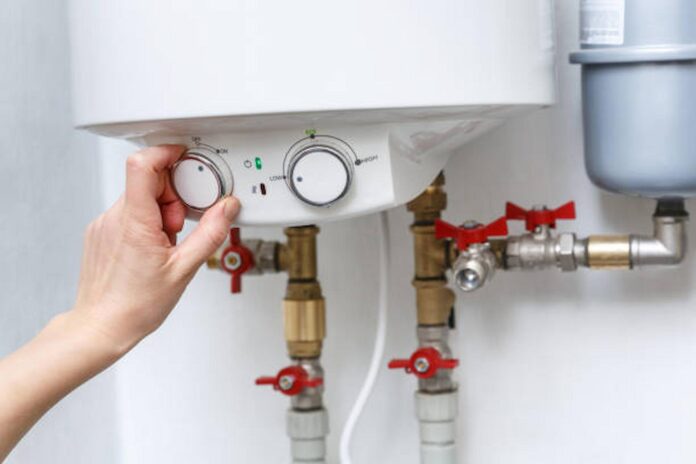A gas condensing boiler is a fantastic option for homes looking for effective and environmentally friendly heating solutions. A gas boiler delivers enhanced performance, lower energy usage, and lower carbon emissions thanks to its cutting-edge technology and energy-saving features. This guide will examine the advantages, operating concepts, installation procedures, maintenance needs, and essential factors for replacing your home’s heating system with a gas-condensing boiler.
Understanding Gas Condensing Boilers
Gas condensing boilers use the energy created during combustion to heat your house and the water in your plumbing system. Instead of wasting heat in typical boilers, they extract it from the flue gases. As a result, these boilers maximise energy efficiency and minimise heat loss by condensing the water vapour in the flue gases.
Benefits Of Gas Condensing Boilers
Improved Efficiency: Gas condensing boilers can attain efficiency ratings of over 90%, much more significant than boilers that don’t use condensation. Reduced fuel use and cheaper energy costs result from this.
Lowered Carbon Emissions: Gas condensing boilers are a green heating choice due to their outstanding efficiency, which lowers carbon emissions.
Cost Savings: Gas condensing boilers may cost more upfront, but they can save a lot of money on energy costs throughout their lifespan.
4 Enhanced Comfort: Gas condensing boilers provide a steady and dependable heat source to make your house more comfortable.
Installation Process
A gas condensing boiler installation needs to be done by experts. The following are the essential steps:
Assessment And Sizing
After conducting an assessment, a heating specialist will evaluate your home’s heating needs and suggest the proper boiler size.
Installation Of The Flue
A flue is necessary to exhaust the combustion gases. Therefore, ensuring adequate positioning and compliance with safety rules is crucial.
Boiler Location
To ensure simple access for maintenance, the boiler is installed in a suitable location, usually in the utility room or basement.
Plumbing And Pipework
Existing plumbing and pipes may need to be upgraded or modified to accommodate the new boiler.
Controls And Thermostats
Integrating heating controls and thermostats into the system will increase efficiency and temperature management.
Maintenance And Care
Your gas condensing boiler must need regular maintenance to remain effective. Among the principal upkeep duties are:
Annual Maintenance: Schedule a yearly boiler service with a licensed professional to guarantee optimum performance and safety.
Inspections Regularly: Look for leaks, strange noises, or performance problems. Also, check the radiators, valves and flue system for wear or damage.
System Flush: To eliminate any sludge or debris accumulation in the heating system, think about power flushing it every few years.
Boiler Controls: Become familiar with the boiler’s settings and controls, and make any adjustments to maximise comfort and effectiveness.
Key Considerations
Search for boilers with high-efficiency ratings, which are often represented by the ErP (Energy-related Products) label.
Sizing And Capacity
To maximise efficiency, ensure the boiler’s size is appropriate for your heating needs.
Qualified Installers
Installers With Qualifications: Hire a licenced and seasoned heating engineer to install and maintain your gas condensing boiler.
Building Requirements: To ensure compliance during installation, familiarize yourself with your region’s building regulations and standards.
Conclusion
A gas condensing boiler upgrade for your home’s heating system has many advantages, including increased effectiveness, decreased energy use, and lower carbon emissions. You may make an informed choice when choosing a gas condensing boiler by being aware of the technology, installation procedure, maintenance requirements, and essential factors.


























